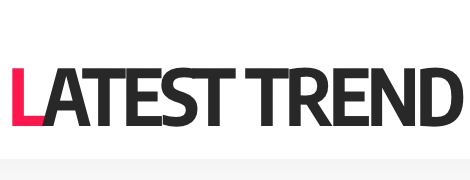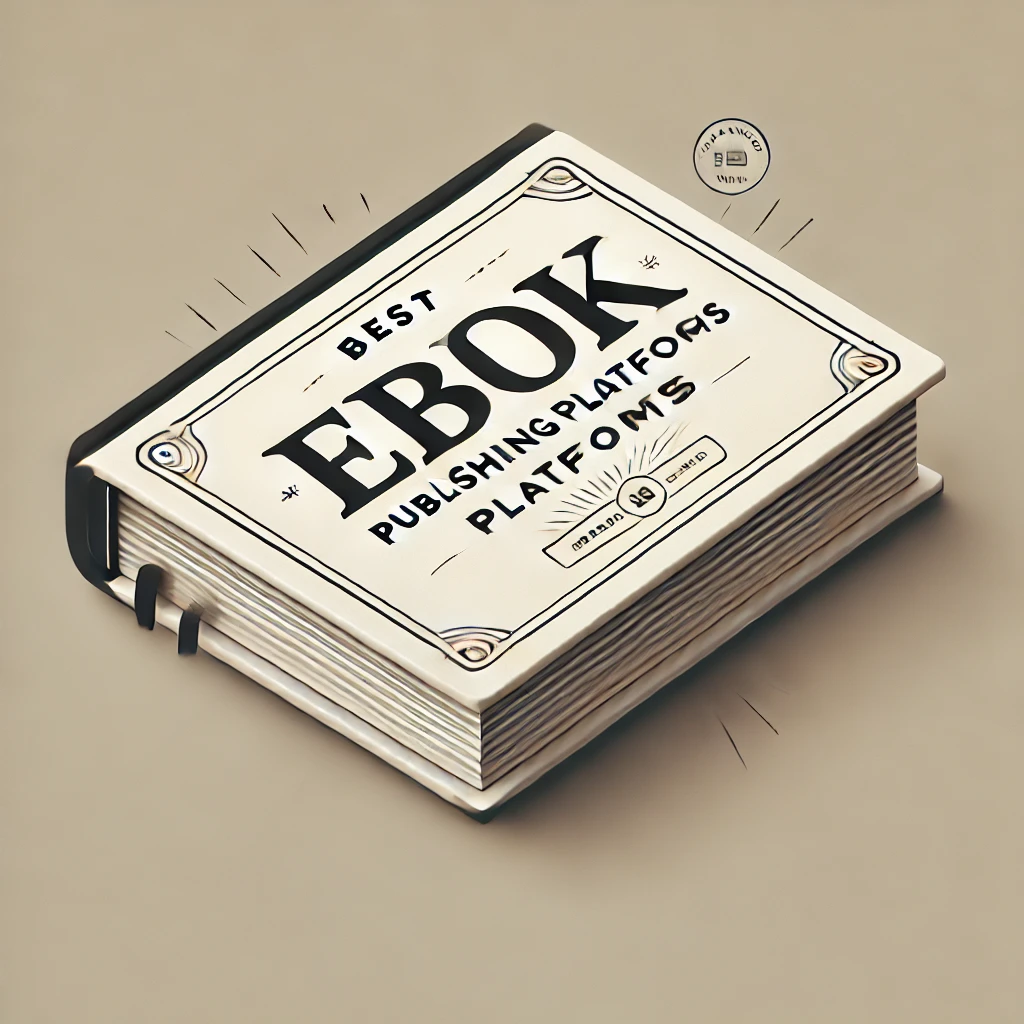If you’re an aspiring author or an experienced writer with a manuscript ready, publishing an eBook can help you reach millions of readers worldwide. Self-publishing is an empowering way to bring your story, expertise, or creative ideas to life without the barriers of traditional publishing.
But with so many platforms available, choosing the right one can feel overwhelming. To help you get started, here’s a detailed guide to the best eBook publishing platforms in 2025, including their pros, cons, and unique features.
1. Amazon Kindle Direct Publishing (KDP)
Amazon KDP dominates the self-publishing landscape, accounting for 80% of all eBook sales in the U.S. With its unparalleled reach and easy-to-use platform, KDP is an obvious choice for many authors.
KDP allows you to publish eBooks, paperbacks, and hardcovers, making it versatile for authors across genres. You can earn royalties of up to 70%, depending on your book’s price. KDP also offers tools like Kindle Kids’ Book Creator and Kindle Comic Creator for specialized content formats.
However, enrolling in the KDP Select program means granting Amazon exclusive rights to sell your book for 90 days, restricting distribution on other platforms.
Pros:
- Largest eBook retailer with global reach.
- High royalty rates (up to 70%).
- Free publishing tools for different book formats.
Cons:
- Competitive market with millions of titles.
- Exclusive terms with KDP Select can limit flexibility.
2. Apple Books
With over two billion active Apple devices, Apple Books is a powerful platform for self-publishing. Authors receive 70% royalties on every sale, and pre-orders count towards launch-day rankings—a significant advantage over other platforms.
Apple Books also offers a polished, user-friendly interface for both authors and readers. However, publishing requires a Mac device or third-party aggregators like Smashwords for non-Mac users.
Pros:
- Large audience of Apple device users.
- Pre-orders contribute to rankings.
- No exclusivity requirements.
Cons:
- Publishing directly requires a Mac device.
3. Google Play Books (GPB)
Google Play Books leverages the massive Android ecosystem, giving authors access to billions of potential readers. You can publish your eBook for free, earning 70% royalties on sales.
GPB also offers an affiliate program where authors can earn an additional 7% commission. The platform is ideal for authors looking for a non-exclusive option with global reach.
Pros:
- Extensive reach across Android devices.
- Free publishing with high royalties.
- No exclusivity requirements.
Cons:
- The publishing process can be complex for beginners.
4. Draft2Digital
Draft2Digital simplifies eBook publishing with its automated formatting services and distribution network. It distributes your eBook to major retailers like Amazon, Apple Books, Barnes & Noble, and Kobo, saving you the hassle of managing multiple accounts.
Draft2Digital merged with Smashwords, combining the best features of both platforms. However, the platform takes a 15% cut of your sales, and it doesn’t allow full control over book pricing across all retailers.
Pros:
- Streamlined publishing and formatting tools.
- Distributes to multiple platforms.
- Excellent customer support.
Cons:
- Takes a percentage of sales.
- Limited pricing control for authors.
5. Barnes & Noble Press (B&N Press)
Barnes & Noble Press is perfect for authors targeting the U.S. market, especially those writing niche genres. It’s known for its NOOK eReaders and a strong bookstore presence.
Authors can earn 65% royalties on books priced at $2.99 or higher. B&N also offers promotional opportunities through its email campaigns and curated collections, giving your book extra visibility.
Pros:
- Strong brand recognition and bookstore presence.
- Effective promotional tools.
- Competitive royalty rates.
Cons:
- Smaller market compared to Amazon or Apple Books.
6. Kobo Writing Life
Kobo Writing Life is a great choice for authors looking for international reach, as it operates in 190 countries. Unlike some platforms, Kobo does not impose exclusivity, allowing you to publish on multiple platforms simultaneously.
Royalties range from 45% for books priced below $1.99 to 70% for books above this price point. Kobo also offers promotional tools, including discounts and featured listings, to boost sales.
Pros:
- Global reach with no exclusivity requirements.
- High royalties for books priced over $1.99.
- Promotion tools to increase visibility.
Cons:
- Smaller audience compared to Amazon or Apple Books.
Why Choose Self-Publishing?
Self-publishing platforms have revolutionized the way authors share their work. Here are some key benefits:
- Higher Royalties: Earn up to 70% of your book’s sales, significantly higher than traditional publishing.
- Creative Control: Retain full control over your book’s content, design, and marketing.
- Faster Turnaround: Publish your eBook within days instead of months or years.
- Global Reach: Connect with readers across the world instantly.
How to Choose the Best Platform
When deciding where to publish your eBook, consider these factors:
- Audience Reach: Platforms like Amazon and Google Play Books provide global visibility.
- Royalty Rates: Compare the earnings potential across platforms.
- Exclusivity Requirements: Ensure you’re comfortable with any restrictions on distributing your book elsewhere.
- Ease of Use: Platforms like Draft2Digital are beginner-friendly and offer automation tools.
- Additional Features: Look for tools like pre-order rankings, formatting services, and promotional support.
Final Thoughts
Publishing an eBook has never been easier. Whether you’re targeting a global audience or a niche market, platforms like Amazon KDP, Apple Books, and Draft2Digital cater to diverse needs.
By understanding the features, pros, and cons of each platform, you can select the one that aligns best with your goals. Take the leap, share your story, and watch your book reach readers around the world!
FAQs
1. Do I need an ISBN for my eBook?
Not always. Many platforms, like Smashwords and Draft2Digital, provide free ISBNs.
2. How can I promote my eBook?
Use social media, email newsletters, author websites, and book promotion services. Platforms like Amazon KDP also offer promotional tools like Kindle Countdown Deals.
3. Can I publish on multiple platforms?
Yes, unless you enroll in exclusive programs like KDP Select. Platforms like Draft2Digital and Kobo Writing Life allow wide distribution.
Start your publishing journey today and make your mark in the world of digital literature.

